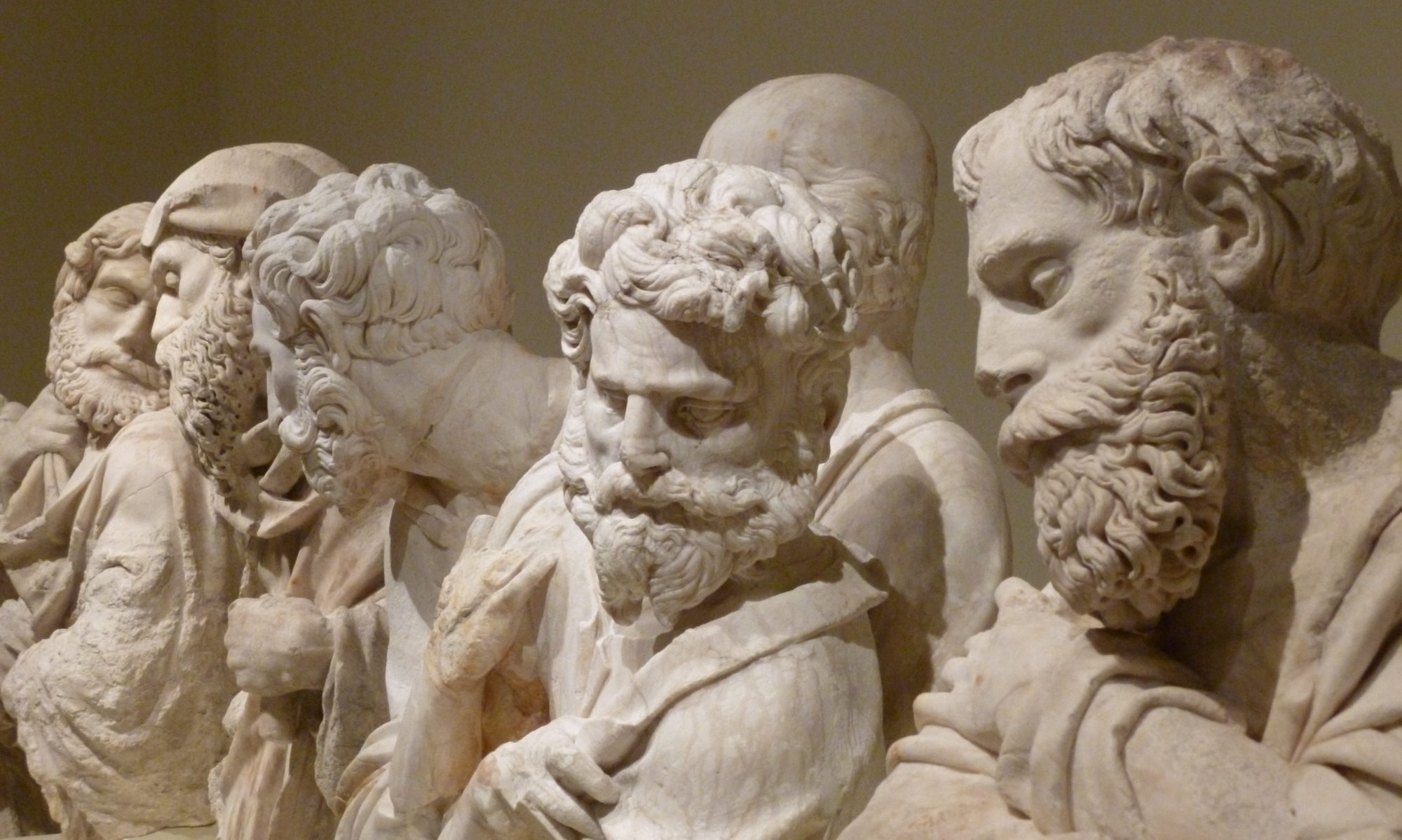26 March 2023
Checkbox Grief
John 11:1-45
The gospel traditionally attributed to John the Disciple does not get a spot in the three-year rotation known as the Revised Common Lectionary. The other three gospels are similar, with Luke and the authors of Matthew drawing on a version of Mark, then adding material from a lost gospel we call Q, as well as from their own unique sources. The events and teachings are sometimes reorganized, and not always in the same geographic location, but they represent essentially the same narrative.
John, on the other hand, is odd, with many stories not found in those other gospels. Not only are many of the stories in John unique, they are often long and highly developed. Some scholars have argued that this sophistication means John must have been written much later, though there is no basis for that assumption. Later doesn’t necessarily mean smarter. Just watch the news.
Passages from John are sometimes difficult to work into a Sunday reading because of their length and depth. Such was the case last week, with the story of the man born blind, and such is the case this week, with the story of the death of Lazarus.
And gosh, does this story have problems! Does Jesus really believe Lazarus won’t die from the illness, as he actually says? Or does he believe the death of Lazarus will be a chance to demonstrate his power, which he also sort of says? That makes him a bit of a jerk, since resurrection or not, there are those four days of unnecessary grief, but it makes sense in the context of John, since the gospel attributed to John is organized around signs of the power of Jesus, beginning with the wedding at Cana and the cisterns of water turned into wine, and not rot gut, but the good stuff. John is sometimes thought to be based on a proto-gospel scholars refer to as a “signs” gospel.
With Lazarus, we’re left with lots on unanswered questions even after the happy resurrection. The ancient credal formulas claim Jesus as the first-born of the dead, text taken from the Revelation to John of Patmos. So what is Lazarus? Jesus ascends to heaven and so once resurrected, escapes a second death. Presumably, Lazarus is going to die a second time, which really doesn’t seem fair.
Continue reading “Checkbox Grief: 26 March 2023”